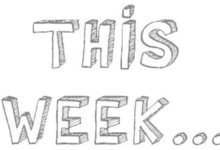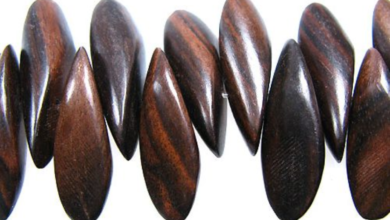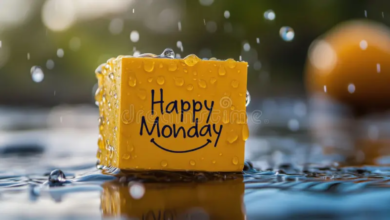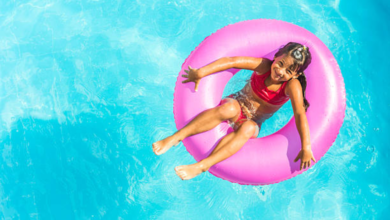Ultimate Guide to Funny Pictures: Why They Make Us Laugh and How to Find the Best Ones
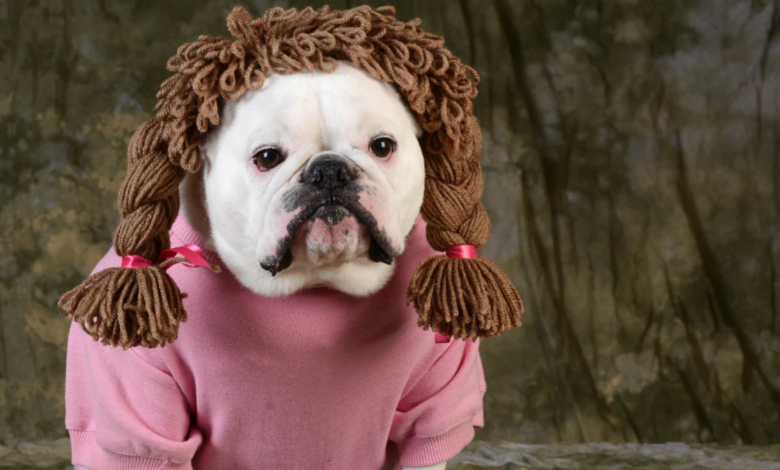
Introduction
Funny pictures have become a universal language of humor in the digital age. From memes to hilarious animal photos, these images spread joy, lighten moods, and even bring people together. But what makes a picture funny? Why do we find certain images so hilarious while others fall flat?
The psychology behind humor is complex, but funny pictures often rely on surprise, relatability, and absurdity. A perfectly timed facial expression, an unexpected situation, or a clever caption can turn an ordinary image into a viral sensation. Whether it’s a cat wearing sunglasses or a toddler making a grumpy face, humor in pictures transcends language and culture.
In this guide, we’ll explore the world of funny pictures—why they work, where to find the best ones, and even how to create your own. Get ready to laugh, because we’re diving deep into the art of visual humor!
The Psychology Behind Funny Pictures
Why Do We Laugh at Images?
Laughter is a natural human response, and funny pictures trigger it in unique ways. According to psychologists, humor often stems from incongruity—when something defies our expectations. A dog dressed as a superhero or a baby with an unusually serious expression catches us off guard, making us laugh.
Another theory, the “benign violation” concept, suggests that we find things funny when they break social norms but in a harmless way. A photo of a grown man slipping on a banana peel is funny because it’s embarrassing but not seriously harmful. Our brains recognize the absurdity and reward us with laughter.
Additionally, funny pictures create social bonding. Sharing a hilarious meme with friends strengthens connections because laughter is contagious. When we see others react to an image, we’re more likely to find it amusing too.
The Role of Relatability in Humor
One of the biggest reasons funny pictures go viral is relatability. Images that depict everyday struggles—like spilling coffee or dealing with Monday mornings—resonate because people see themselves in those situations. Memes about procrastination or awkward social encounters thrive because they capture universal experiences.
Relatability also explains why certain trends, like “Distracted Boyfriend” or “Woman Yelling at a Cat,” become iconic. These images become templates for countless variations, allowing people to insert their own jokes while keeping the humor intact.
The Power of Visual Surprise
A key element of funny pictures is surprise. When an image subverts expectations—like a serious-looking dog wearing a party hat—it catches viewers off guard, leading to laughter. This is why reaction memes (think: “Hide the Pain Harold”) work so well—they capture exaggerated, unexpected emotions.
Photographers and meme creators often use timing to enhance humor. A perfectly captured sneeze, a mid-air fail, or an animal photobombing a serious moment adds an element of unpredictability that makes the image funnier.
The Evolution of Funny Pictures: From Newspapers to Memes
The Early Days of Visual Humor
Before the internet, funny pictures were mostly found in newspapers, magazines, and comic strips. Cartoons like The Far Side by Gary Larson and Calvin and Hobbes by Bill Watterson relied on witty visuals and clever punchlines. Even early photography had its share of humor—think of Victorian-era portraits with people pulling silly faces.
The rise of Mad Magazine and National Lampoon in the mid-20th century introduced absurd, satirical imagery that pushed boundaries. These publications laid the groundwork for modern meme culture by using exaggerated visuals to make social commentary.
The Internet Era: Birth of the Meme
With the advent of the internet, funny pictures exploded in popularity. Early forums like 4chan and Something Awful became breeding grounds for viral images. The term “meme” was coined by Richard Dawkins in 1976, but it wasn’t until the 2000s that image macros (pictures with text overlays) took over.
Classic memes like “Advice Dog,” “LOLcats,” and “Rage Comics” dominated early internet humor. These were simple but effective—using bold text and expressive faces to convey jokes. As social media grew, platforms like Reddit, Instagram, and Twitter became hotspots for sharing and remixing funny pictures.
Modern Meme Culture: Fast, Furious, and Ever-Changing
Today, meme culture moves at lightning speed. Trends come and go within weeks, and formats evolve rapidly. Platforms like TikTok and Instagram Reels have introduced short-form video memes, but funny pictures remain a staple.
Some modern meme formats include:
- Reaction Images (e.g., “Woman Screaming at Cat”)
- Surreal Memes (absurd, nonsensical humor)
- Wholesome Memes (heartwarming + funny)
- Niche Memes (inside jokes for specific communities)
The speed at which memes spread means that what’s funny today might be outdated tomorrow. Yet, the core principles—relatability, surprise, and absurdity—remain the same.
Where to Find the Funniest Pictures Online
1. Reddit: The King of Memes
Reddit is a goldmine for funny pictures, with subreddits like:
- r/funny (general humor)
- r/memes (popular meme formats)
- r/AnimalsBeingDerps (hilarious animal pics)
- r/PhotoshopBattles (creative edits of funny images)
The upvote system ensures that the best content rises to the top, making it easy to find high-quality laughs.
2. Instagram & Twitter: Quick Visual Humor
Instagram accounts like @thefatjewish and @memezar curate the best memes, while Twitter’s fast-paced nature makes it perfect for viral funny pictures. Hashtags like #FunnyPics and #Meme help discover trending content.
3. Dedicated Meme Websites
Sites like:
- Imgur (meme repository)
- 9GAG (user-submitted funny pics)
- Know Your Meme (for meme history & trends)
are great for endless scrolling through hilarious images.
4. TikTok & YouTube Shorts
While primarily video-based, these platforms have plenty of funny image compilations with added sound effects or commentary that enhance the humor.
How to Create Your Own Funny Pictures
1. Start with a Funny Idea
The best funny pictures come from clever concepts. Think about:
- Unexpected pairings (e.g., a cat in a business suit)
- Exaggerated facial expressions
- Situational humor (e.g., a dog stealing food)
2. Use Editing Tools
Free tools like:
- Canva (for adding text)
- Photoshop/GIMP (for advanced edits)
- Meme generators (like Imgflip)
can help bring your vision to life.
3. Test Your Meme’s Appeal
Share your creation with friends or online communities to see if it gets laughs. If it flops, tweak the concept and try again!
Conclusion: Why Funny Pictures Will Never Get Old
Funny pictures are more than just entertainment—they’re a cultural phenomenon. They help us cope with stress, connect with others, and see the lighter side of life. Whether you’re scrolling through memes or creating your own, the joy of a perfectly timed funny picture is timeless.
So next time you see a hilarious image, take a second to appreciate the creativity behind it—and don’t forget to share the laughter!

